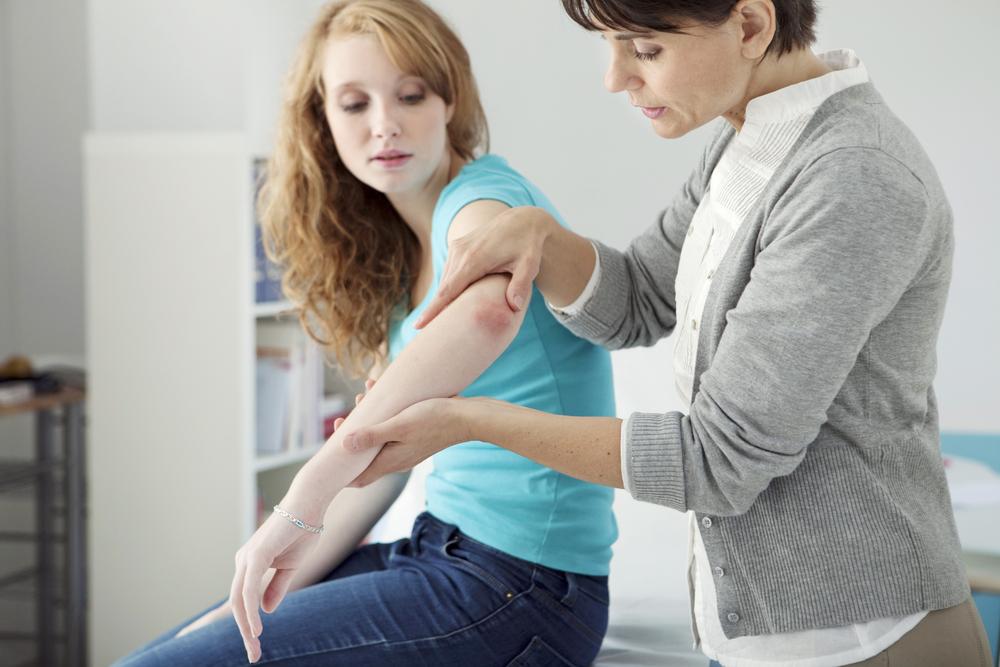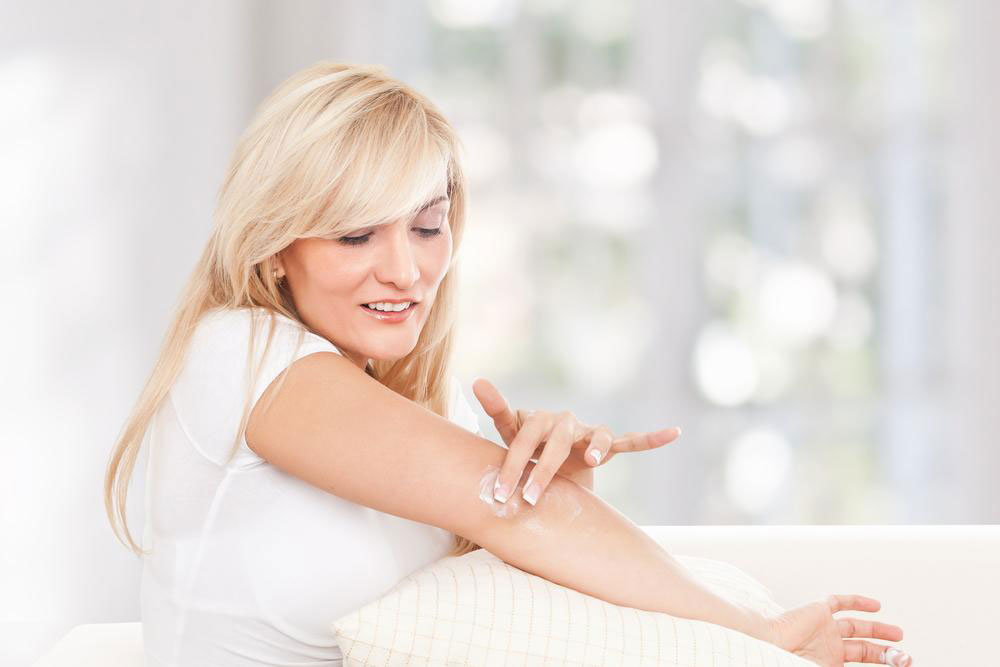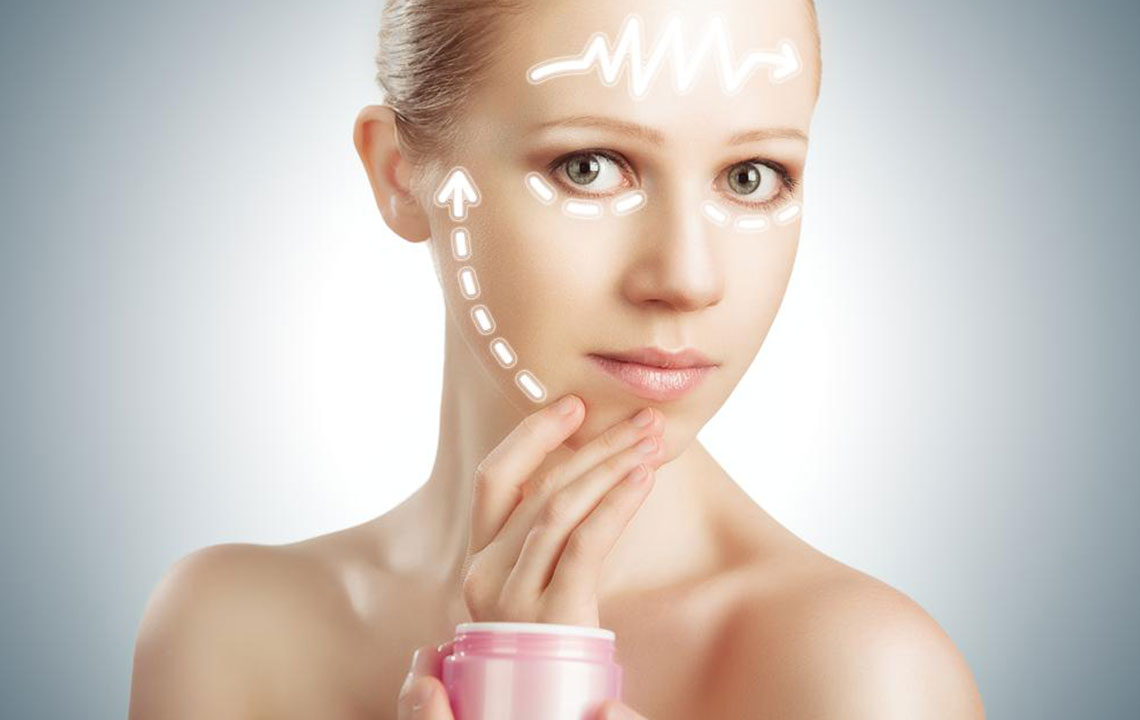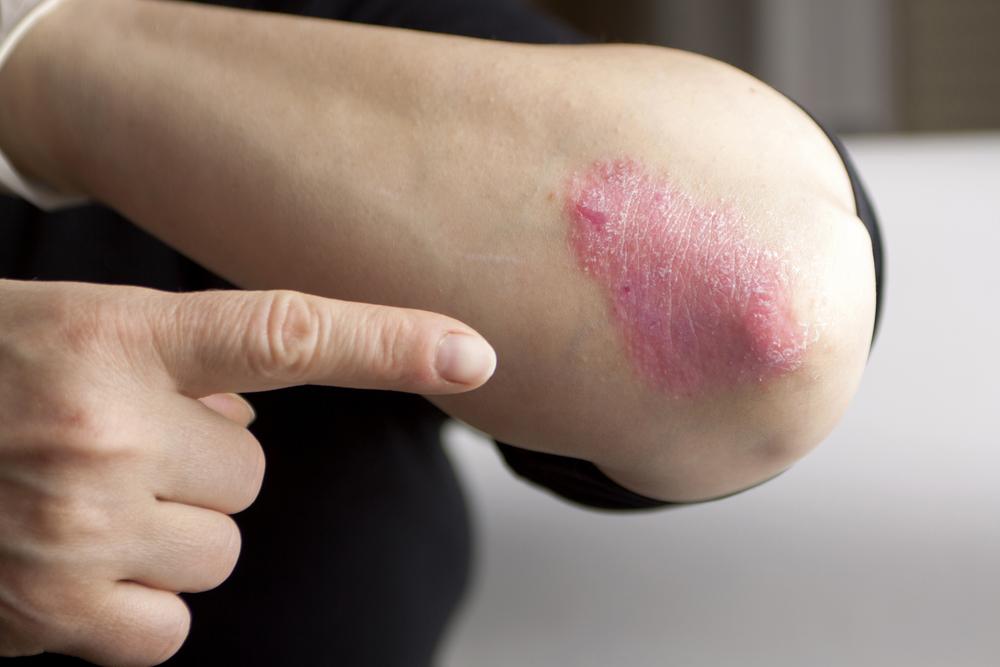Effective Strategies for Treating Spider Veins and Achieving Smooth Skin
Discover effective treatments for spider veins, including sclerotherapy, laser therapy, and lifestyle tips. Achieve smoother, healthier skin with professional procedures and preventative measures. Learn how to manage and reduce the appearance of spider veins effectively.
Sponsored
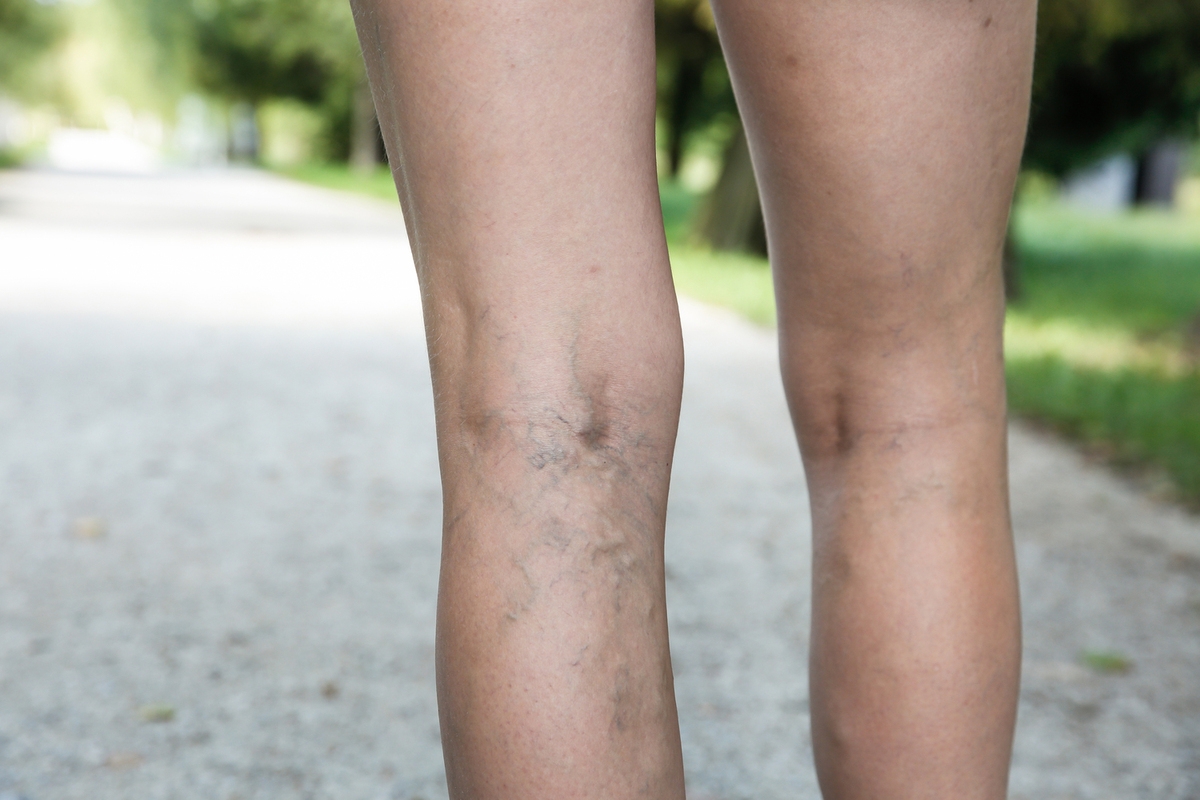
Spider veins, known medically as telangiectasias, are tiny, dilated blood vessels visible near the skin’s surface. These veins appear as red, blue, or purple lines, often resembling a spider web, and are commonly found on the legs and face. While usually harmless, they can be a cosmetic concern and cause discomfort. This article explores various treatment options to help you attain clearer, healthier skin.
What Leads to Spider Veins?
Multiple factors contribute to the development of spider veins, including:
Genetics: Family history increases risk.
Age: Aging weakens vein walls and valves.
Hormonal shifts: Pregnancy and menopause influence their formation.
Prolonged Standing or Sitting: Causes increased pressure in leg veins.
Obesity: Adds pressure on blood vessels.
Sun Exposure: UV rays may damage facial skin and blood vessels.
Signs and Diagnosis
Spider veins are easily recognizable by their web-like pattern, sometimes accompanied by aching, burning, or swelling. Diagnosis typically involves a physical exam and may include Doppler ultrasound to assess blood flow and rule out conditions like varicose veins.
Available Treatment Options
1. Sclerotherapy
Involves injecting a solution into affected veins, causing them to close and fade over time. It’s minimally invasive, with little downtime, but may require multiple sessions. Side effects are rare but can include swelling or bruising.
2. Laser Therapy
Uses focused light to heat and collapse tiny veins, prompting absorption by the body. It’s suitable for facial veins and small leg veins, usually requiring several treatments. Minor skin discoloration or burns are possible side effects.
3. Endovenous Laser Treatment
Targets larger veins by inserting a laser fiber into the vessel, sealing it off. It offers quick recovery and high effectiveness but is more invasive than surface laser therapy, with possible bruising or swelling.
4. Radiofrequency Ablation
Uses radio waves to heat and close off veins. This minimally invasive approach has a high success rate with a short recovery. Side effects can include bruising or numbness.
5. Compression Stockings
These specially designed socks improve blood flow and reduce swelling. They are non-invasive and help prevent new spider veins but do not eliminate existing ones. Comfort may vary with extended use.
Prevention Tips
While not all spider veins can be avoided, lifestyle changes can lower risk: regular exercise, maintaining a healthy weight, elevating legs, wearing compression stockings, and avoiding prolonged standing or sitting. Taking these steps supports healthy blood circulation and minimizes the appearance of spider veins.
Though often a cosmetic issue, spider veins are treatable using a variety of modern methods. Consulting a healthcare professional can help determine the best approach for your condition. With advancements in treatment, clearer, smoother skin is achievable for many.

